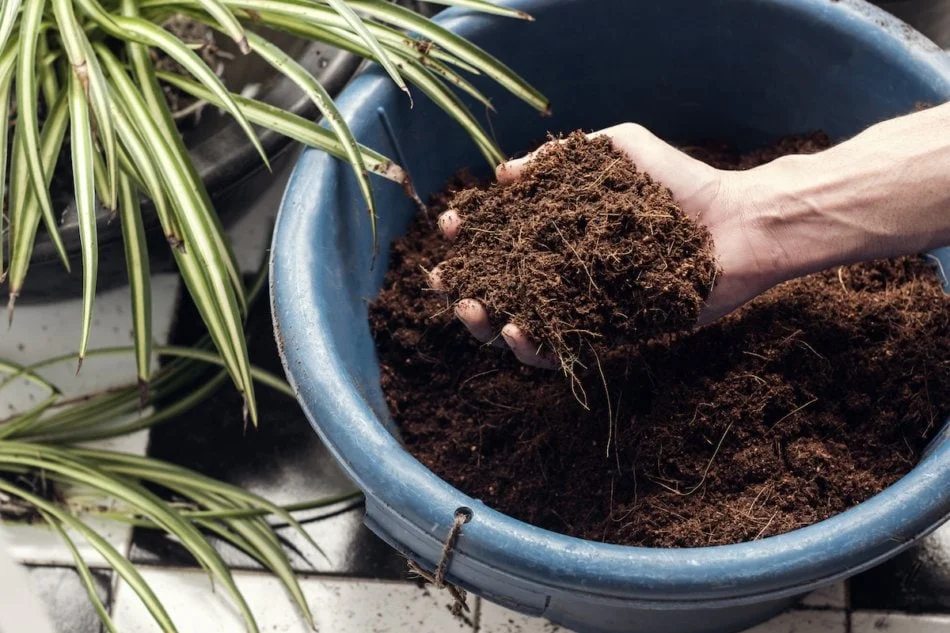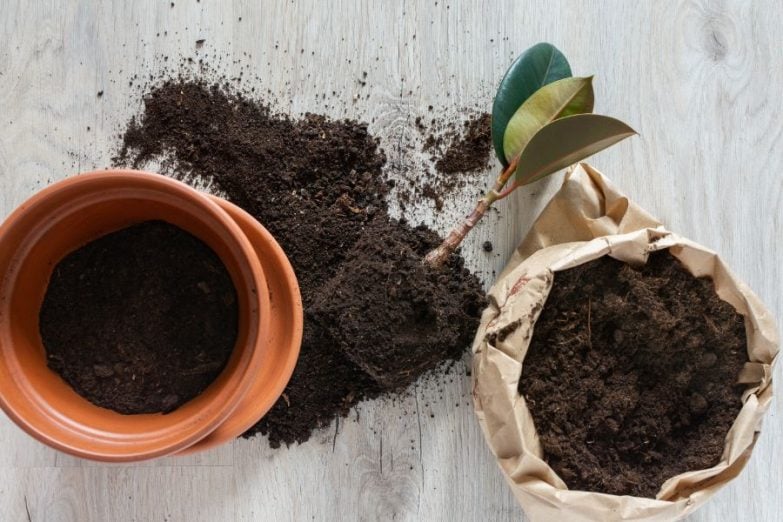Peat moss has long been favored as a soil amendment in gardening and horticulture. However, its extraction is causing significant environmental concerns. In this article, we delve into the environmental impact of peat moss and explore sustainable alternatives that can help minimize its adverse effects.
Environmental Impact of Peat Moss
1. Ecosystem Destruction
Peat moss extraction involves the destruction of delicate ecosystems, such as peatlands and wetlands. These habitats are home to unique flora and fauna, and their destruction can lead to biodiversity loss and disruption of natural water cycles.
2. Carbon Emissions
Peatlands store large amounts of carbon dioxide. When peat moss is harvested, carbon is released into the climate, contributing to greenhouse gas emissions and climate change.
3. Loss of Biodiversity
Peatlands support a diverse range of plant and animal species, many specially adapted to these unique habitats. Peat moss extraction disrupts these ecosystems, leading to biodiversity loss and the potential extinction of certain species.
Sustainable Alternatives to Peat Moss

1. Coconut Coir
Coconut coir, a byproduct of the coconut industry, is an excellent alternative to peat moss. It is renewable, abundant, and offers similar benefits for water retention and aeration in the soil. Look for sustainably sourced coconut coir to ensure its ecological viability.
2. Compost
Using compost in gardening provides multiple benefits. It improves soil structure, enhances nutrient content, and promotes healthy plant growth. Compost can be easily created at home by recycling organic waste, making it an environmentally friendly alternative to peat moss.
3. Leaf Mold
Leaf mold is created by decomposing fallen leaves. It enriches the soil with essential nutrients, improves moisture retention, and enhances microbial activity. Collect fallen leaves during autumn and create leaf mold, allowing them to decompose over time.
Implementing Sustainable Gardening Practices
1. Choose Alternative Soil Amendments
Opt for sustainable alternatives like coconut coir, compost, or leaf mold instead of peat moss. Research and select products that are responsibly sourced, organic, and have a minimal environmental impact.
2. Educate Yourself and Others
Learn more about the environmental impact of peat moss and spread awareness among fellow gardeners. Share knowledge about sustainable alternatives and the importance of preserving natural ecosystems.
3. Support Sustainable Gardening Initiatives
Encourage local nurseries and gardening centers to stock sustainable alternatives to peat moss. Support initiatives that promote eco-friendly gardening practices, such as community composting programs or educational workshops.
Conclusion
Peat moss extraction has a significant negative impact on the environment. By choosing sustainable alternatives like coconut coir, compost, or leaf mold, we can minimize our ecological footprint and contribute to a greener future. Implement these sustainable gardening practices to protect our ecosystems, reduce carbon emissions, and preserve biodiversity for future generations.


